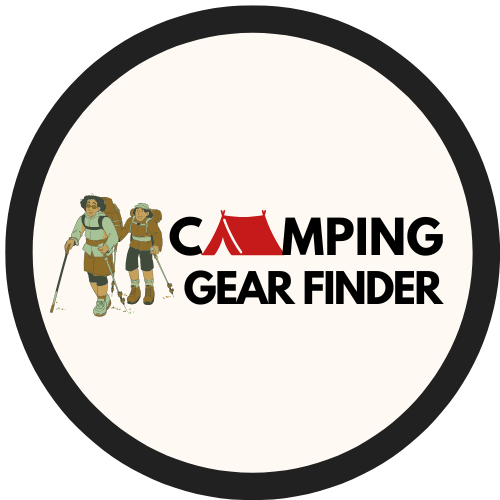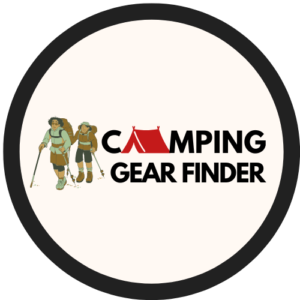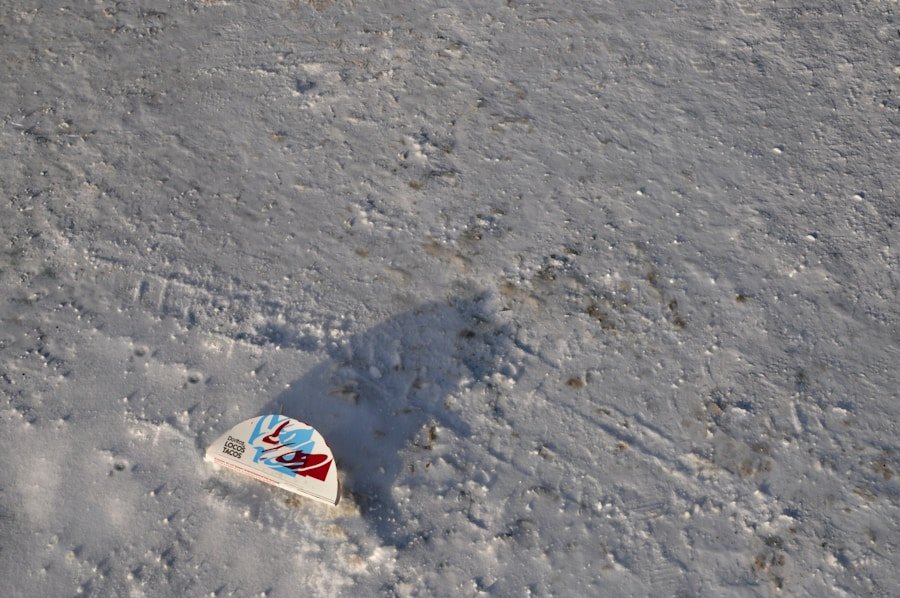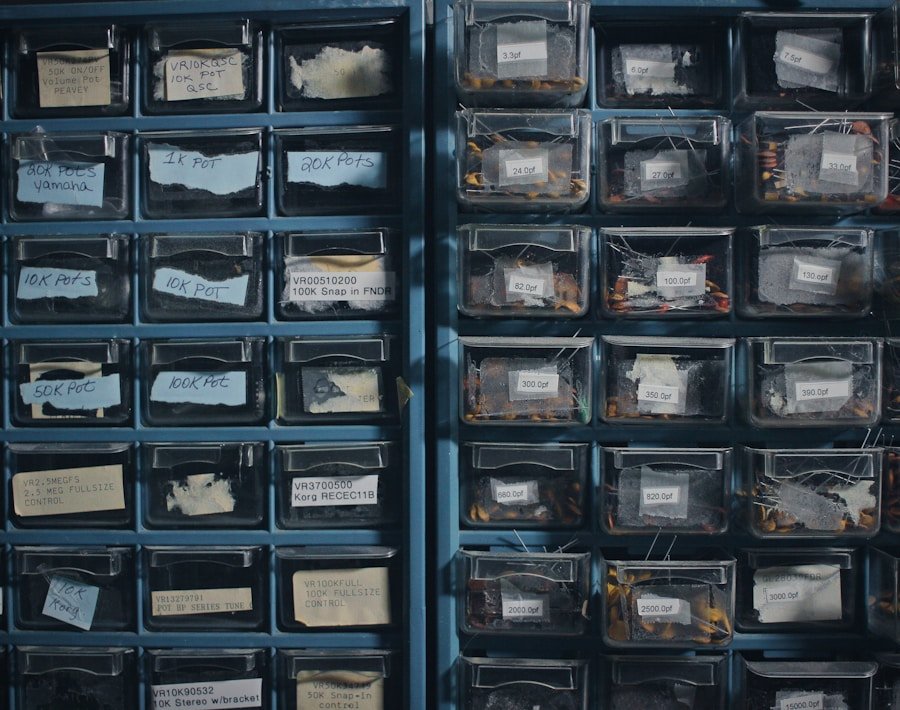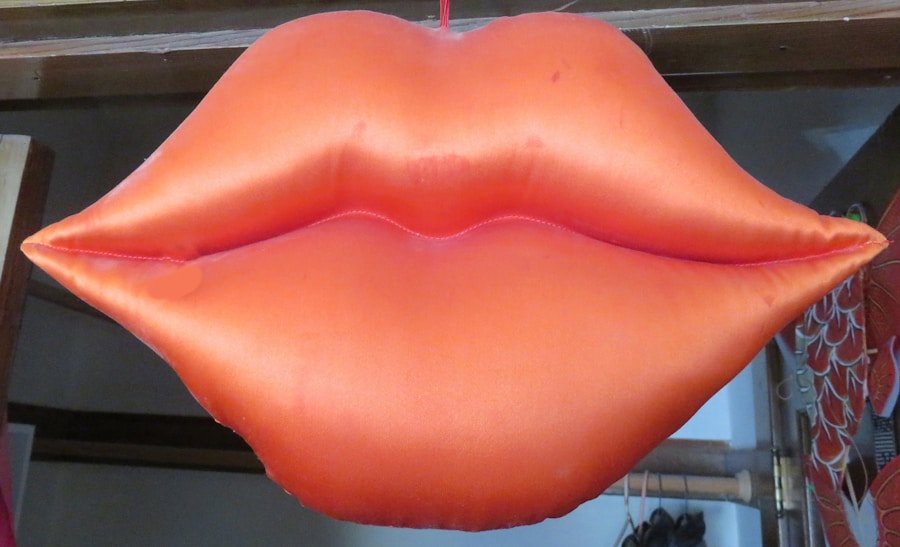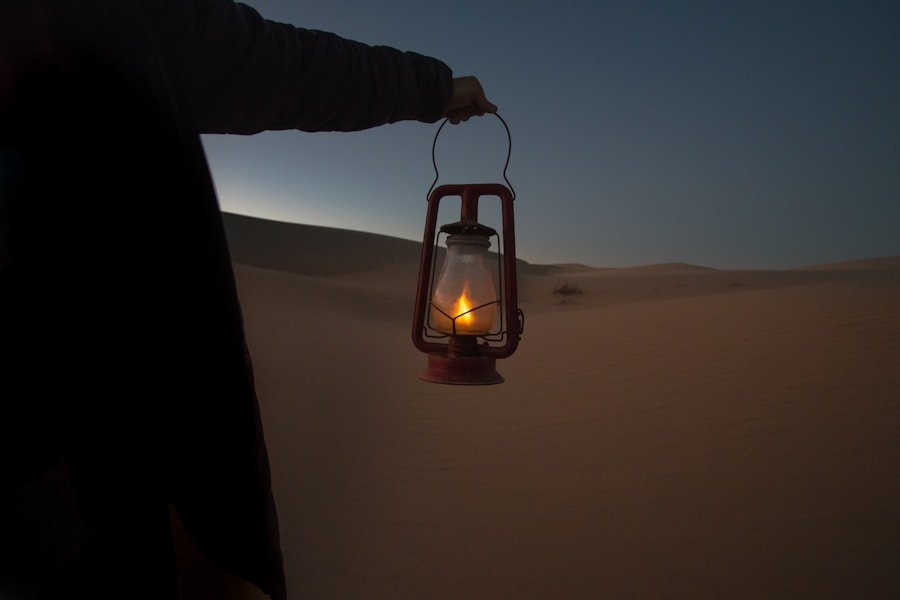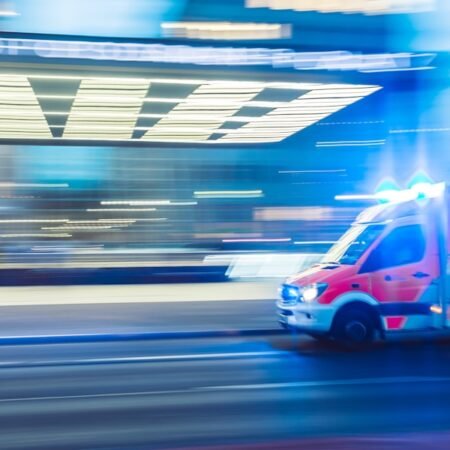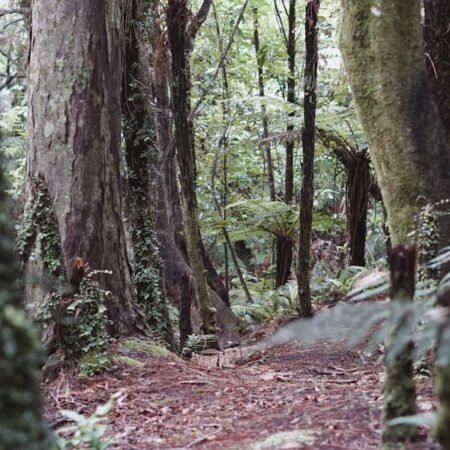When engaging in camping activities, it is crucial to have a comprehensive first aid kit readily available. Accidents can occur at any time, whether in a remote wilderness setting or at a designated campsite. A well-stocked first aid kit is essential for providing immediate care for minor injuries, such as cuts and scrapes, as well as more severe injuries.
This can significantly mitigate the severity of an emergency situation. Furthermore, having a first aid kit on hand can provide reassurance to both the camper and their companions, knowing that they are prepared to handle any situation that may arise. In addition to treating injuries, a first aid kit can also be utilized to address common camping-related health issues, such as insect bites, sunburn, and allergic reactions.
By having the necessary supplies available, campers can promptly address these issues and prevent them from disrupting their outdoor experience. Ultimately, a well-stocked first aid kit is a vital component of any camping trip, offering both practical assistance and peace of mind for all participants.
Key Takeaways
- A well-stocked first aid kit is essential for camping to handle any emergencies that may arise.
- Choose a durable and waterproof container for your first aid kit to protect the supplies from the elements.
- Properly organize and label your first aid supplies for easy access and quick identification during emergencies.
- Keep your first aid kit in a readily accessible and protected location at your campsite.
- Regularly check and restock your first aid kit to ensure it is always prepared for any camping emergency.
Choosing the Right Container for Your First Aid Kit
When it comes to storing your first aid kit while camping, choosing the right container is crucial. The container should be durable, waterproof, and easy to carry. A hard plastic or metal container is often the best choice, as it will protect the contents from being crushed or damaged during transport.
Additionally, a container with a secure latch or closure will help to keep the contents safe and secure, even in rough terrain. It’s also important to consider the size of the container. While you want to ensure that you have all the necessary supplies, you also don’t want to be lugging around a bulky and heavy first aid kit.
Look for a container that is compact and lightweight, but still large enough to hold all of your supplies. Finally, consider a container with compartments or dividers to help keep your supplies organized and easily accessible. By choosing the right container for your first aid kit, you can ensure that your supplies are well-protected and easy to transport during your camping adventures.
Properly Organizing and Labeling Your First Aid Supplies
Once you have chosen the right container for your first aid kit, it’s important to properly organize and label your supplies. This will not only make it easier to find what you need in an emergency, but it will also help you keep track of what needs to be restocked. Consider using small bags or containers to group similar items together, such as bandages, antiseptic wipes, and medications.
Labeling these containers will make it easy to quickly locate the supplies you need when time is of the essence. In addition to organizing and labeling your supplies, it’s important to familiarize yourself with the contents of your first aid kit. Make sure you know where everything is located and how to use each item properly.
This will help you respond quickly and effectively in an emergency situation. Finally, consider including a first aid manual or guide in your kit, which can provide valuable information on how to treat common injuries and illnesses while camping.
Keeping Your First Aid Kit Accessible and Protected
| Item | Quantity | Notes |
|---|---|---|
| Bandages | 10 | Assorted sizes |
| Gauze pads | 5 | 4×4 inches |
| Adhesive tape | 1 | Roll |
| Antiseptic wipes | 10 | For cleaning wounds |
| Tweezers | 1 | For removing splinters |
| Scissors | 1 | Sharp and small |
| Instant cold packs | 2 | For reducing swelling |
While camping, it’s important to keep your first aid kit easily accessible at all times. You never know when an emergency may arise, so having your kit within reach can make all the difference in providing timely care. Consider attaching your first aid kit to your backpack or belt using a carabiner or strap, so that it is always within arm’s reach.
Additionally, make sure that everyone in your camping group knows where the first aid kit is located and how to access it in case of an emergency. At the same time, it’s important to protect your first aid kit from the elements. While a waterproof container will provide some protection, consider placing your kit in a sealable plastic bag for added security.
This will help to keep the contents dry in case of rain or accidental spills. By keeping your first aid kit both accessible and protected, you can ensure that you are prepared for any situation while camping.
Regularly Checking and Restocking Your First Aid Kit
Before each camping trip, it’s important to thoroughly check your first aid kit and restock any supplies that are running low or have expired. This includes checking the expiration dates on medications and ointments, as well as replacing any items that have been used or damaged since your last trip. Additionally, take the time to review the contents of your kit and consider any specific needs for the upcoming trip, such as additional insect repellent or allergy medication.
After each trip, take the time to clean and organize your first aid kit before storing it for the next adventure. This will ensure that everything is in good condition and ready for use when needed. By regularly checking and restocking your first aid kit, you can ensure that you are always prepared for any camping emergency that may arise.
Special Considerations for Storing First Aid Supplies in Different Camping Environments
Depending on the type of camping environment you will be in, there may be special considerations for storing your first aid supplies. For example, if you will be camping in a hot or humid climate, it’s important to store medications and ointments in a cool, dry place to prevent them from degrading. Similarly, if you will be camping at high altitudes, be mindful of any changes in air pressure that may affect items such as adhesive bandages or wound dressings.
If you will be camping in an area with wildlife or potential hazards such as poison ivy or ticks, consider including specific supplies such as tweezers for tick removal or calamine lotion for poison ivy rashes. By tailoring your first aid kit to the specific environment you will be camping in, you can ensure that you are prepared for any unique challenges that may arise.
Additional Tips for Ensuring Your First Aid Kit is Ready for Any Camping Emergency
In addition to the above best practices for storing your first aid kit while camping, there are a few additional tips that can help ensure you are prepared for any emergency. Consider taking a basic first aid course before your camping trip, which can provide valuable knowledge on how to respond to common injuries and illnesses. Additionally, consider carrying a small emergency whistle or signaling device in your first aid kit, which can be used to call for help in case of a serious emergency.
Finally, consider customizing your first aid kit with any specific medical needs or conditions that members of your camping group may have. This may include medications for chronic conditions such as asthma or diabetes, as well as any specific allergy medications or EpiPens that may be needed in case of an allergic reaction. By taking these additional steps, you can ensure that your first aid kit is truly ready for any camping emergency that may arise.
In conclusion, having a well-stocked and properly stored first aid kit is an essential component of any camping trip. By choosing the right container, organizing and labeling your supplies, keeping your kit accessible and protected, regularly checking and restocking your supplies, and considering special considerations for different camping environments, you can ensure that you are prepared for any emergency that may arise while camping. Additionally, by taking additional steps such as customizing your kit for specific medical needs and considering additional emergency signaling devices, you can further enhance your preparedness for any situation.
Ultimately, by following these best practices for storing your first aid kit while camping, you can enjoy peace of mind knowing that you are ready for any camping emergency that may come your way.
FAQs
What should I consider when storing my first aid kit while camping?
When storing your first aid kit while camping, it’s important to consider factors such as temperature, moisture, and accessibility. You’ll want to keep your kit in a dry, cool place that is easily accessible in case of an emergency.
What are the best practices for storing a first aid kit while camping?
The best practices for storing a first aid kit while camping include keeping it in a waterproof container, storing it in a location that is easily accessible, and regularly checking and restocking the contents to ensure everything is up to date and in good condition.
How can I protect my first aid kit from the elements while camping?
To protect your first aid kit from the elements while camping, consider using a waterproof container or bag to store the kit. This will help keep the contents dry and in good condition, even in rainy or humid conditions.
Where is the best place to store a first aid kit while camping?
The best place to store a first aid kit while camping is in a dry, cool location that is easily accessible. Consider keeping it in a backpack or a designated storage compartment in your camping gear for quick and easy access in case of an emergency.
How often should I check and restock my first aid kit while camping?
It’s recommended to check and restock your first aid kit before each camping trip to ensure that all supplies are up to date and in good condition. Additionally, it’s a good idea to periodically check the kit during longer camping trips to make sure nothing has expired or been used.
